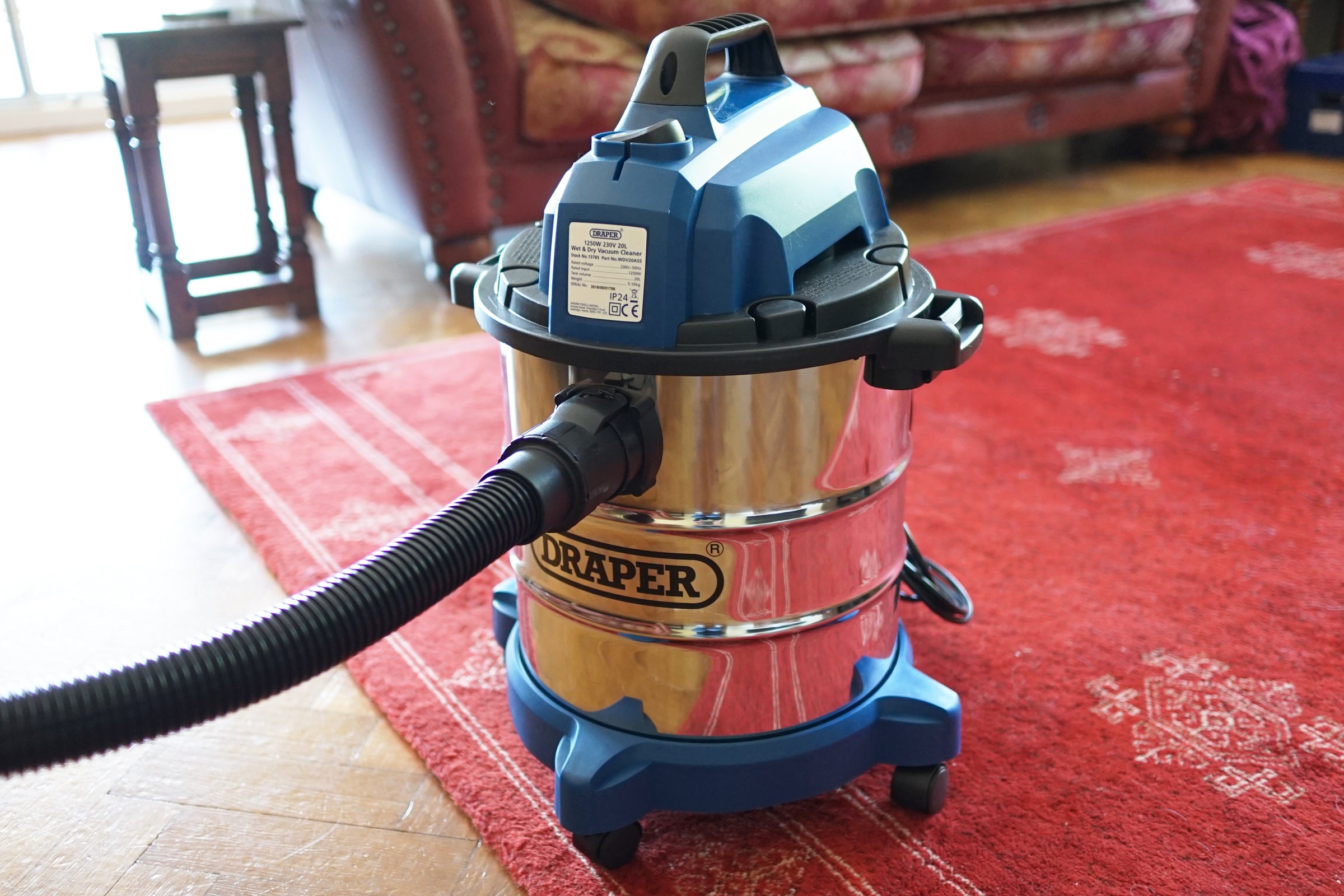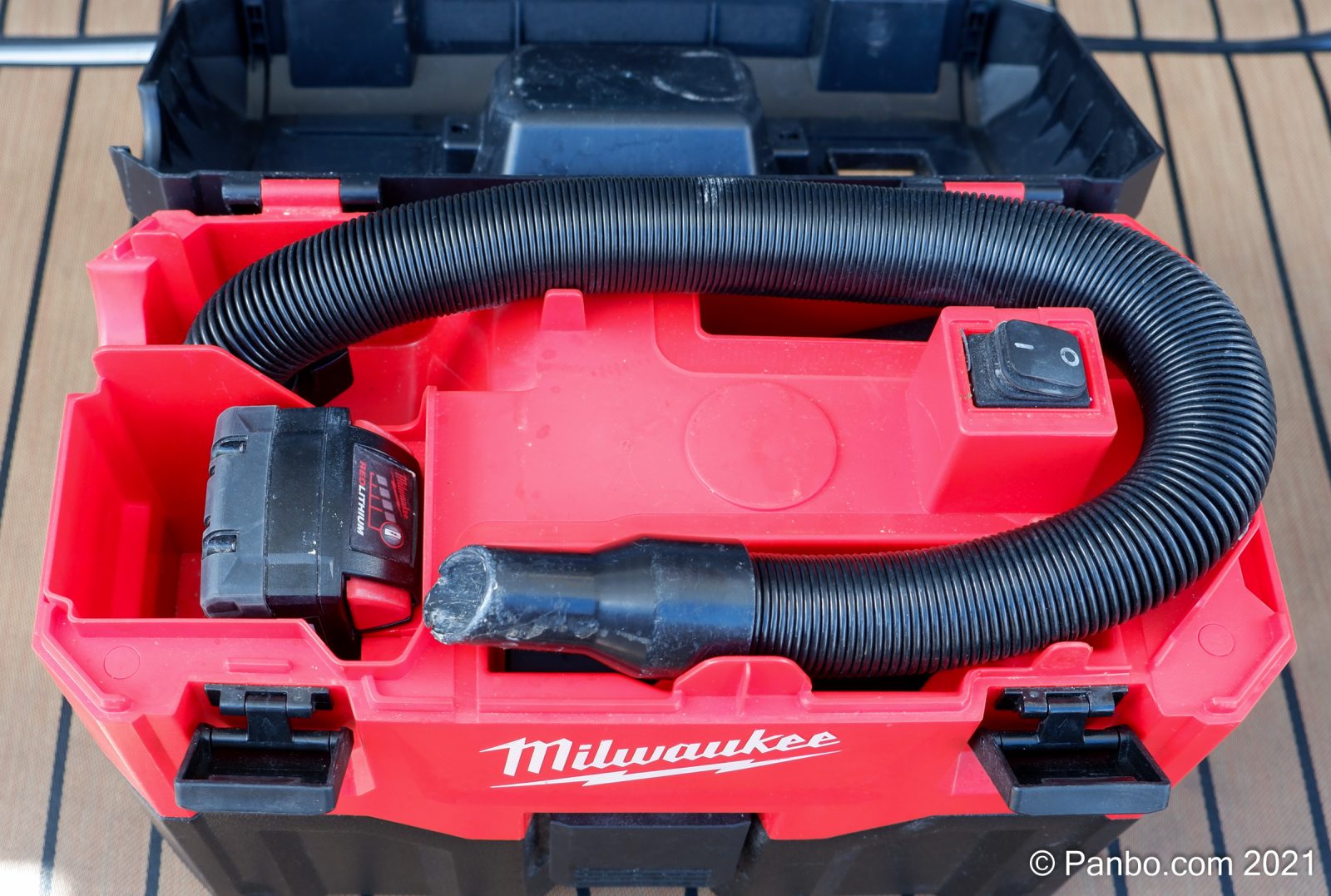1. Use a Plunger
If your kitchen sink is clogged, the first tool you should reach for is a plunger. This simple and inexpensive tool can often do the trick in unclogging a drain. To use a plunger, make sure there is enough water in the sink to cover the rubber part of the plunger. Place the plunger over the drain and push down and pull up repeatedly, creating suction and pressure to dislodge the blockage. If the water starts to drain, you have successfully unclogged your kitchen sink. If not, try another method or repeat the plunging process.
2. Pour Boiling Water Down the Drain
If your kitchen sink is still clogged after using a plunger, try pouring boiling water down the drain. This method is most effective for grease clogs as the hot water can melt and break down the grease. To do this, boil a pot of water and carefully pour it down the drain in a few stages, allowing the water to work its way through the pipes before adding more. Be careful not to splash yourself with the hot water.
3. Use a Mixture of Baking Soda and Vinegar
If boiling water doesn't do the trick, the next method to try is using a mixture of baking soda and vinegar. These two household ingredients can create a chemical reaction that can loosen and dissolve clogs. Start by pouring a pot of boiling water down the drain, followed by ½ cup of baking soda. Then, pour 1 cup of vinegar down the drain and cover it with a drain plug or cloth. Let the mixture sit for about 15 minutes before pouring another pot of boiling water down the drain to flush it out.
4. Try a Commercial Drain Cleaner
If the above methods don't work, you can try using a commercial drain cleaner. These products are specifically designed to break down clogs and can be found at most hardware or home improvement stores. Make sure to carefully follow the instructions on the product and use caution when handling these chemicals. Keep in mind that commercial drain cleaners may not be effective for all types of clogs and can also be harmful to your pipes if used too frequently.
5. Use a Plumbing Snake
If your kitchen sink is still clogged, it may be time to bring out the big guns - a plumbing snake. This tool, also known as a drain auger, is a long, flexible cable with a corkscrew-like end that can be inserted into the drain to break up and remove clogs. You can purchase a plumbing snake at most hardware stores or rent one from a home improvement store. Follow the instructions carefully to avoid damaging your pipes.
6. Remove and Clean the P-Trap
If all else fails, you may need to remove and clean the P-trap under your kitchen sink. The P-trap is a curved pipe underneath the sink that is designed to trap debris and prevent it from entering the main sewer line. Over time, this trap can become clogged with food particles and grease, causing a blockage. To remove and clean the P-trap, first, place a bucket or container underneath to catch any water and debris. Then, use a wrench to loosen the slip nuts on either end of the P-trap and remove it. Clean out any debris or buildup and then reattach the P-trap.
7. Use a Wet/Dry Vacuum
Another tool that can be helpful in unclogging a kitchen sink is a wet/dry vacuum. This powerful vacuum can create suction to remove debris and clogs from your drain. First, set the vacuum to vacuum up liquids and cover the vent to create suction. Then, place the vacuum hose over the drain and turn it on. The suction should be strong enough to pull out the clog. However, this method may not work for larger or more stubborn clogs.
8. Try a Natural Enzyme Cleaner
If you prefer to use natural methods, you can try using a natural enzyme cleaner to unclog your kitchen sink. These cleaners contain enzymes that can break down organic materials, such as food and grease, in your pipes. You can find these cleaners at most health food stores or online. Follow the instructions on the product and be patient as it may take some time for the enzymes to break down the clog.
9. Use a Combination of Salt, Baking Soda, and Vinegar
If the baking soda and vinegar method didn't work for you, you can try adding salt to the mixture. Salt can act as an abrasive to help break up clogs. Start by pouring ½ cup of salt down the drain, followed by ½ cup of baking soda. Then, pour 1 cup of vinegar down the drain and cover it with a drain plug or cloth. Let the mixture sit for about 15 minutes before flushing it out with boiling water.
10. Call a Professional Plumber
If all else fails and your kitchen sink is still clogged, it may be time to call a professional plumber. They have the experience and tools necessary to tackle even the toughest clogs. Additionally, if you have tried multiple methods and still can't unclog your sink, it could be a sign of a bigger issue with your plumbing system that will require professional help.
Don't let a clogged kitchen sink ruin your day. Try these top 10 best ways to unblock your kitchen sink and get back to your daily routine. Remember to use caution and follow instructions carefully when using any tools or chemicals. If you are unsure or uncomfortable trying these methods yourself, don't hesitate to call a professional for assistance.
The Best Way to Unblock Your Kitchen Sink

Common Causes of a Blocked Kitchen Sink
 A blocked kitchen sink can be a major inconvenience, especially if you rely on it daily for cooking and washing dishes. There are several reasons why your kitchen sink may become clogged, including the buildup of food particles, grease and oil, and foreign objects such as utensils or small toys.
A blocked kitchen sink can be a major inconvenience, especially if you rely on it daily for cooking and washing dishes. There are several reasons why your kitchen sink may become clogged, including the buildup of food particles, grease and oil, and foreign objects such as utensils or small toys.
DIY Solutions
 Before calling a professional plumber, it's worth trying some DIY solutions to unblock your kitchen sink. One effective method is pouring boiling water down the drain to break down any greasy buildup.
Baking soda and vinegar
is also a popular and natural way to dissolve blockages. Simply pour half a cup of baking soda followed by half a cup of vinegar down the drain, wait for a few minutes, and then flush with hot water.
Plungers
can also be used to dislodge blockages, but be sure to cover the overflow opening with a cloth or tape to prevent air from escaping.
Before calling a professional plumber, it's worth trying some DIY solutions to unblock your kitchen sink. One effective method is pouring boiling water down the drain to break down any greasy buildup.
Baking soda and vinegar
is also a popular and natural way to dissolve blockages. Simply pour half a cup of baking soda followed by half a cup of vinegar down the drain, wait for a few minutes, and then flush with hot water.
Plungers
can also be used to dislodge blockages, but be sure to cover the overflow opening with a cloth or tape to prevent air from escaping.
When to Call a Professional
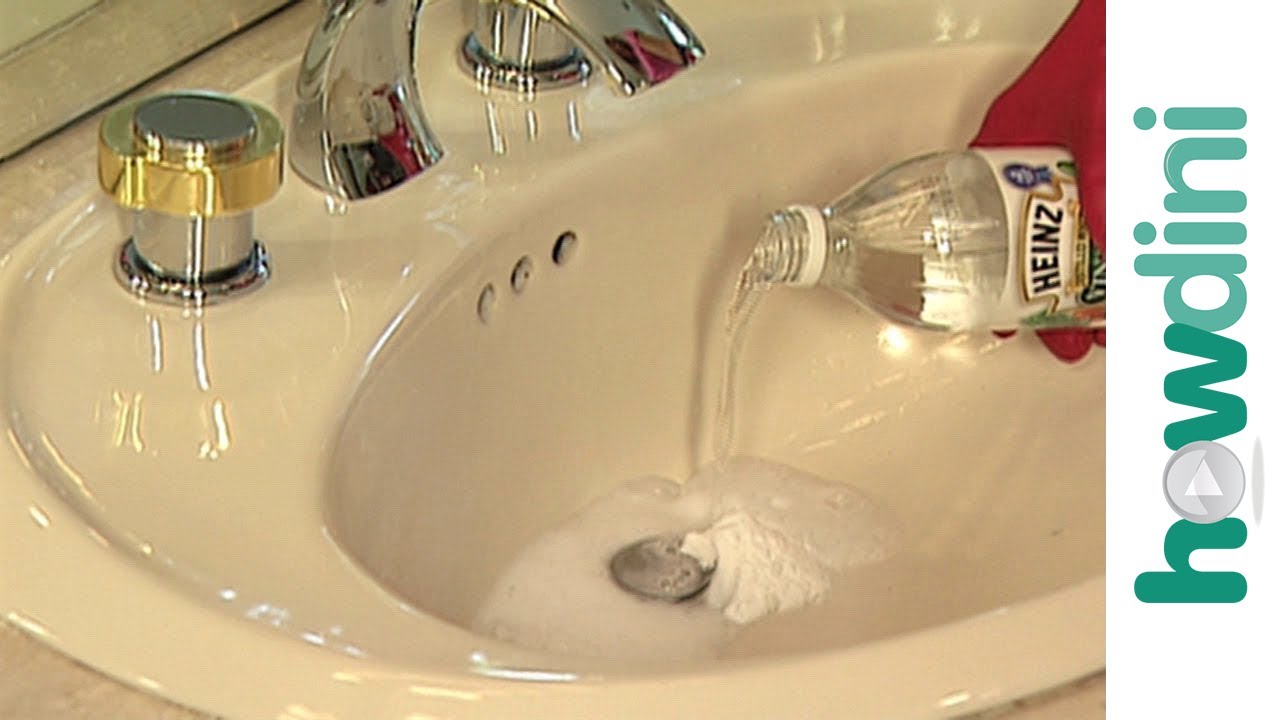 If the above methods do not work, it's time to call in a professional plumber. They have the necessary tools and expertise to tackle even the most stubborn blockages. Additionally, if you have an older home or frequent blockages, it may be worth investing in a
drain snake
or
hydro jetting
service to thoroughly clean your pipes and prevent future blockages.
If the above methods do not work, it's time to call in a professional plumber. They have the necessary tools and expertise to tackle even the most stubborn blockages. Additionally, if you have an older home or frequent blockages, it may be worth investing in a
drain snake
or
hydro jetting
service to thoroughly clean your pipes and prevent future blockages.
Preventative Measures
 To avoid future blockages, it's important to take preventative measures. Avoid pouring grease and oil down the drain, scrape food scraps into the trash before washing dishes, and use a sink strainer to catch any small objects or debris. Regularly
cleaning
your kitchen sink and pipes with hot water and soap can also help prevent buildup.
To avoid future blockages, it's important to take preventative measures. Avoid pouring grease and oil down the drain, scrape food scraps into the trash before washing dishes, and use a sink strainer to catch any small objects or debris. Regularly
cleaning
your kitchen sink and pipes with hot water and soap can also help prevent buildup.
Conclusion
 A blocked kitchen sink can be a frustrating problem, but it's important to address it promptly to prevent further damage to your plumbing. With the right tools and preventative measures, you can keep your kitchen sink running smoothly and avoid the need for costly repairs in the future. If DIY methods do not work, do not hesitate to call a professional for assistance.
A blocked kitchen sink can be a frustrating problem, but it's important to address it promptly to prevent further damage to your plumbing. With the right tools and preventative measures, you can keep your kitchen sink running smoothly and avoid the need for costly repairs in the future. If DIY methods do not work, do not hesitate to call a professional for assistance.












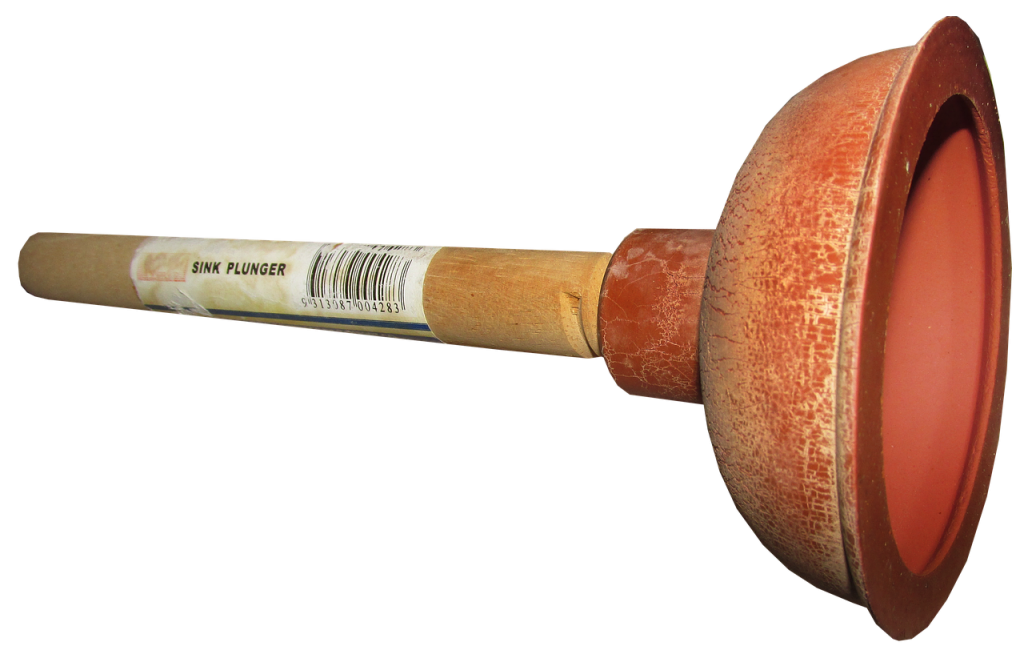





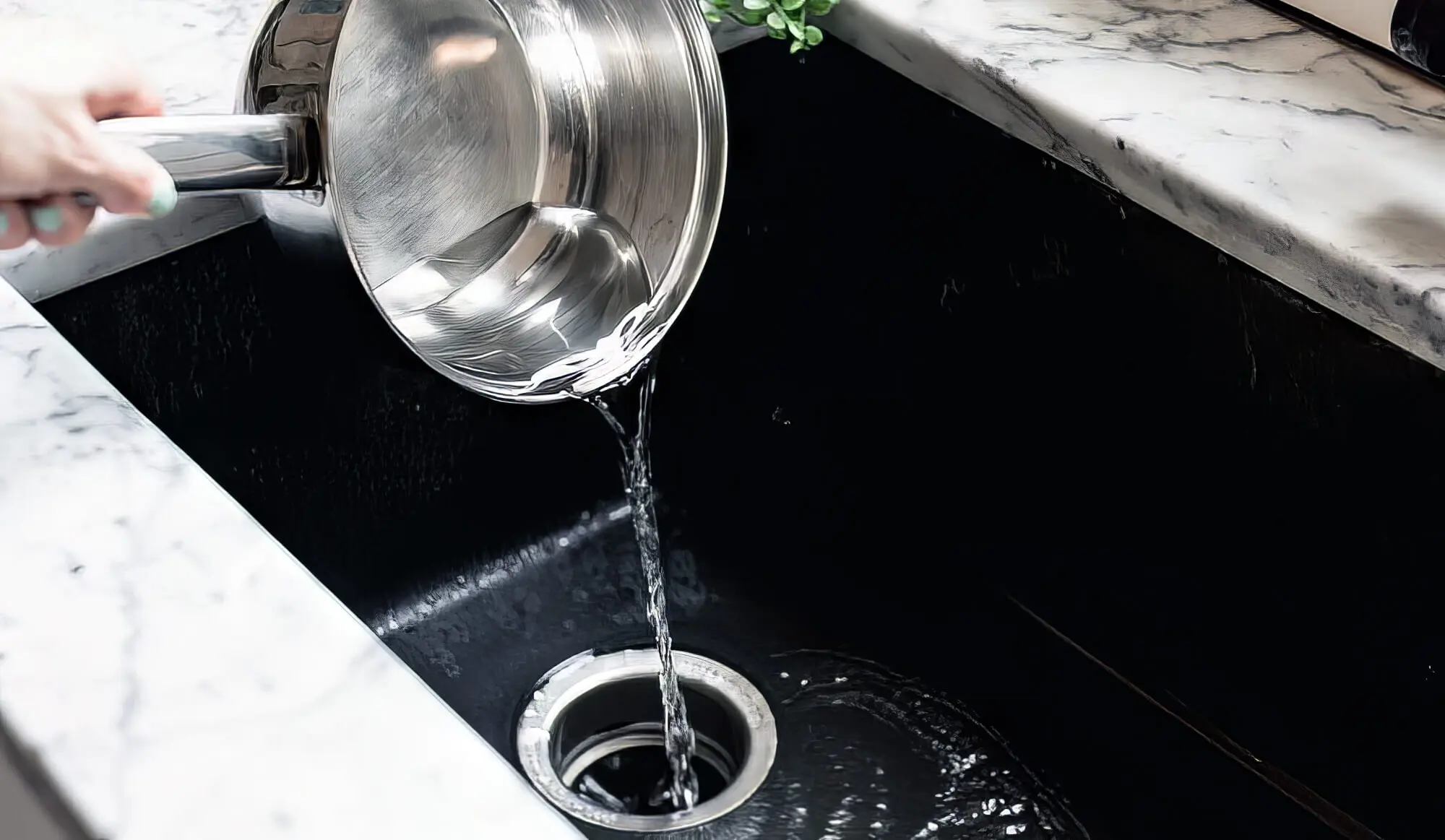
.jpg?time=1689761045394)




:max_bytes(150000):strip_icc()/GettyImages-1459148353-279aed56a15749c2a7310a882dbe3571.jpg)

















































